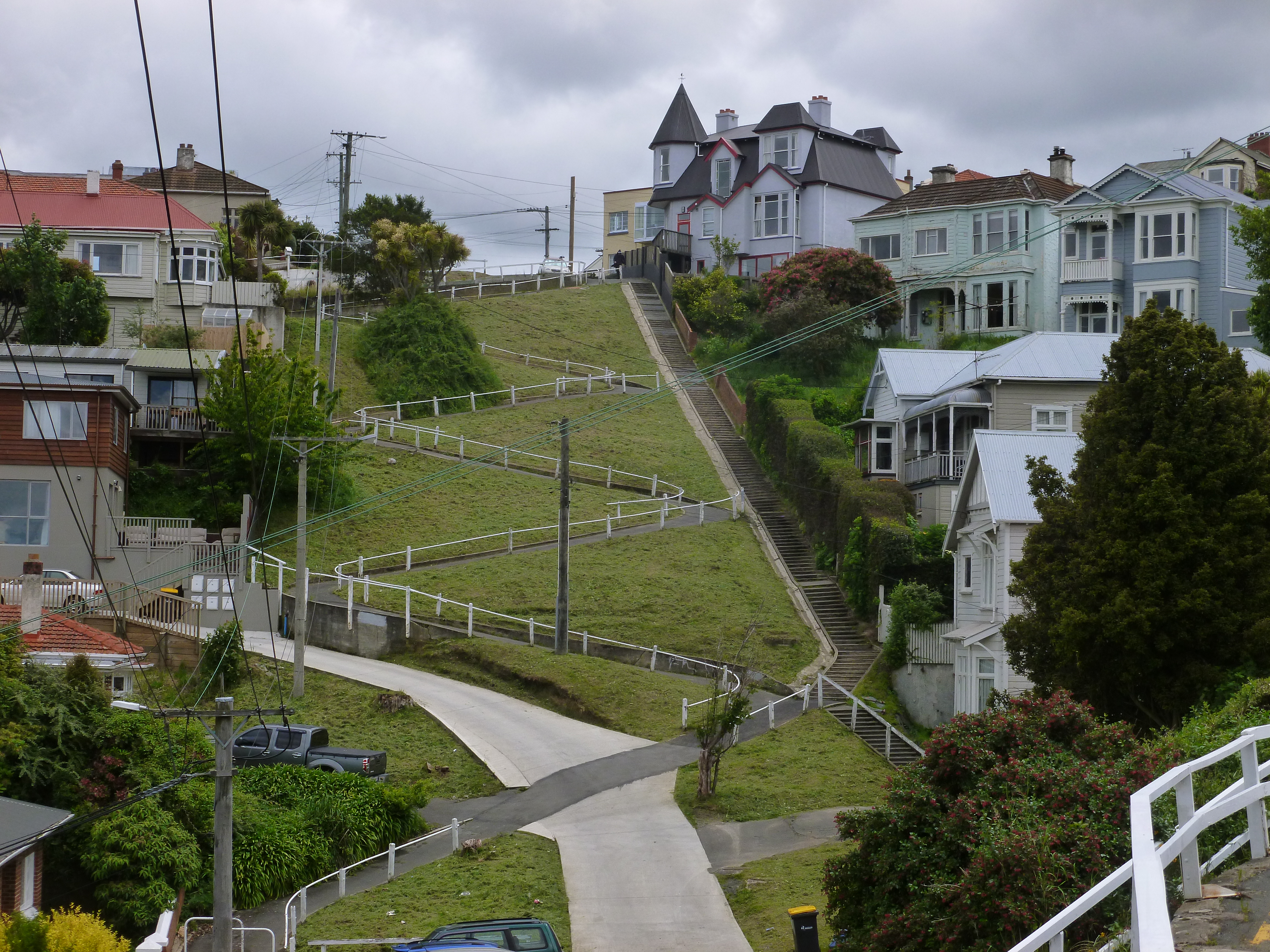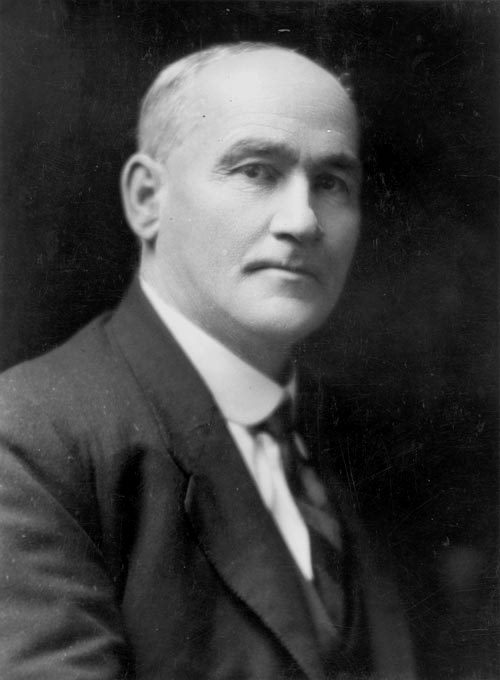|
Department Of Building And Housing
The Department of Building and Housing (Māori: ''Te Tari Kaupapa Whare'') was a government agency within the New Zealand government. Established in 2004 out of the former Ministry of Housing, it was disestablished in 2012. The department's former functions are now incorporated within the Ministry of Business, Innovation and Employment and the Ministry of Housing and Urban Development. History The Ministry of Housing was established in 1991 by the Fourth National Government as a policy advice agency alongside Housing New Zealand Corporation, which managed the state housing portfolio. The Ministry of Social Policy, later the Ministry of Social Development (MSD), gained a housing policy role in the late 1990s. The Fifth Labour Government reviewed the housing sector in 2003 as part of its response to the leaky homes crisis. The following year, the Government announced plans to restructure government building and housing services. The new Department of Building and Housing was esta ... [...More Info...] [...Related Items...] OR: [Wikipedia] [Google] [Baidu] |
Ministry Of Business, Innovation And Employment
The Ministry of Business, Innovation and Employment (MBIE; mi, Hīkina Whakatutuki) is the public service department of New Zealand charged with "delivering policy, services, advice and regulation" which contribute to New Zealand's economic productivity and business growth. History Formed on 1 July 2012, MBIE is a merger of the Department of Building and Housing (DBH), the Department of Labour (DoL), the Ministry of Economic Development (MED), and the Ministry of Science and Innovation (MSI). In October 2018, the newly created Ministry of Housing and Urban Development (HUD) assumed several of MBIE's housing and social policy, funding and regulatory functions including the KiwiBuild programme, the Community Housing Regulatory Authority, and administration of funding for the HomeStart, Welcome Home Loans, the legacy Social Housing Fund and Community Group Housing programmes. On 14 July 2020, the Ministry assumed responsibility for running the New Zealand Government's COVI ... [...More Info...] [...Related Items...] OR: [Wikipedia] [Google] [Baidu] |
Department Of Internal Affairs
The Department of Internal Affairs (DIA), or in te reo Māori, is the public service department of New Zealand charged with issuing passports; administering applications for citizenship and lottery grants; enforcing censorship and gambling laws; registering births, deaths, marriages and civil unions; supplying support services to ministers; and advising the government on a range of relevant policies and issues. Other services provided by the department include a translation service, publication of the ''New Zealand Gazette'' (the official government newspaper), a flag hire service, management of VIP visits to New Zealand, running the Lake Taupō harbourmaster's office (under a special agreement with the local iwi) and the administration of offshore islands. History The Department of Internal Affairs traces its roots back to the Colonial Secretary's Office, which from the time New Zealand became a British colony, in 1840, was responsible for almost all central government duti ... [...More Info...] [...Related Items...] OR: [Wikipedia] [Google] [Baidu] |
Housing In New Zealand
Housing in New Zealand was traditionally based on the quarter-acre block, detached suburban home, but many historical exceptions and alternative modern trends exist. New Zealand has largely followed international designs. From the time of organised European colonisation in the mid-19th century there has been a general chronological development in the types of homes built in New Zealand, and examples of each generation are still commonly occupied. Types of dwellings Traditionally, residential sections were quarter acre (roughly 1000 sq m), but typical section sizes have been getting much smaller since the middle of the 1900s. After a series of controversies over slum-like housing-conditions of the urban poor, from 1936 the then Labour government developed State housing – suburban housing built by the government and rented to poorer families. This housing stock was generally very well built and remains a feature in most cities, although now often privately owned. Urban ... [...More Info...] [...Related Items...] OR: [Wikipedia] [Google] [Baidu] |
State Housing
State housing is a system of public housing in New Zealand, offering low-cost rental housing to residents on low to moderate incomes. Some 69,000 state houses are managed by Kāinga Ora – Homes and Communities, most of which are owned by the Crown. In excess of 31,000 former state houses exist, which are now privately owned after large-scale sell-offs during recent decades. Since 2014, state housing has been part of a wider social housing system, which also includes privately owned low-cost housing. An archetypal 1930s and 1940s state house is a detached two- or three-bedroom cottage-style house, with weatherboard or brick veneer cladding, a steep hipped tile roof, and multi-paned timber casement windows. Thousands of these houses were built across New Zealand as state housing, and as private housing after World War II, when the government started selling their drawings and plans in an attempt to hasten housing construction. These houses, also known as "ex-state houses" to di ... [...More Info...] [...Related Items...] OR: [Wikipedia] [Google] [Baidu] |
Ministry Of Science And Innovation (New Zealand)
The Ministry of Science and Innovation (MSI; mi, Te Pūnaha Hiringa Whakaea) was a government agency within the New Zealand government, dealing with the science and innovation sector in New Zealand. History The Ministry became operational on 1 February 2011, bringing together and replacing the Foundation for Research, Science and Technology and the Ministry of Research, Science and Technology. MSI assumed responsibility for the science and innovation policy and investment functions of both agencies. In March 2012, Prime Minister John Key announced that the Ministry of Science and Innovation would be integrated into a new Ministry of Business, Innovation and Employment, comprising the Ministry of Economic Development, the Department of Labour, the Ministry of Science and Innovation and the Department of Building and Housing The Department of Building and Housing ( Māori: ''Te Tari Kaupapa Whare'') was a government agency within the New Zealand government. Established ... [...More Info...] [...Related Items...] OR: [Wikipedia] [Google] [Baidu] |
Department Of Labour (New Zealand)
The Department of Labour ( mi, Te Tari Mahi) was a New Zealand public sector organisation tasked with improving the performance of the labour market and, through this, strengthening the economy and increasing the standard of living. It was replaced with the Ministry of Business, Innovation and Employment on 1 July 2012. History The Department was established under the Liberal Government of New Zealand in 1891 as the Bureau of Industries with Edward Treager as its sole employee. The following year, when W. Pember Reeves was appointed the first Minister of Labour, the department changed its name to the Department of Labour. The Labour Department Act 1893 defined the general duties of and powers of the department, which were to administer the labour laws, acquire and disseminate knowledge of occupations with a view to improving relations between employers and workers, and collect and publish information on industries and rates of wages. Over time, the functions of the departme ... [...More Info...] [...Related Items...] OR: [Wikipedia] [Google] [Baidu] |
Fifth National Government Of New Zealand
The Fifth National Government of New Zealand was the government of New Zealand for three parliamentary terms from 19 November 2008 to 26 October 2017. John Key served as National Leader and Prime Minister until December 2016, after which Bill English assumed the premiership until the National Government's defeat following the October 2017 government-forming negotiations. After the 2008 general election the National Party and its allies were able to form a government, taking over from Helen Clark's Fifth Labour Government. It was subsequently reformed after the 2011 general election with a reduced number of seats, and after the 2014 general election with a reduced share of the party vote but the same number of seats. The Government had confidence and supply agreements with the following parties: ACT, United Future, and the Māori Party – which gave the Government a majority on major legislation. The National Party also signed a memorandum of understanding with the Green P ... [...More Info...] [...Related Items...] OR: [Wikipedia] [Google] [Baidu] |
Minister For Building And Construction (New Zealand)
The Minister for Building and Construction is a minister in the government of New Zealand with responsibility for the government's building, construction and housing programmes. The position was established in 2004 as the Minister for Building Issues. The present Minister is Megan Woods, a member of the Labour Party. Responsibilities and powers The minister's responsibilities include the regulation of the building and construction sector, including setting the performance requirements for buildings and building products. The portfolio is administered by the Ministry of Business, Innovation and Employment. The primary legislation for the portfolio is the Building Act 2004, which sets out the rules for the construction, alteration, demolition and maintenance of new and existing buildings in New Zealand. The minister also oversees the regulation of engineers, plumbers, gasfitters, drainlayers and architects. History In 2004, following its 2003 review of the housing sector am ... [...More Info...] [...Related Items...] OR: [Wikipedia] [Google] [Baidu] |
Minister Of Housing (New Zealand)
The Minister of Housing is a minister in the government of New Zealand with responsibility for the government's house-building programme. The position was established in 1938 as Minister in charge of Housing, and has most commonly been known as Minister of Housing. Other iterations have included the Minister of Building and Housing, the Minister of Social Housing, and the Minister of Housing and Urban Development. The present Minister is Megan Woods, a member of the Labour Party, who has held the position since 2019. Woods was confirmed as the Minister for Labour's second term of Government in 2020. History The First Labour Government created the position of Minister in charge of Housing in 1938, to oversee the government's state housing agenda. Responsibility for housing was part of the Works portfolio for some years until the restoration of the Housing portfolio by the Second National Government in 1949. Until the 1970s, the Housing portfolio was often held in conjunctio ... [...More Info...] [...Related Items...] OR: [Wikipedia] [Google] [Baidu] |
Building Act 2004
A building, or edifice, is an enclosed structure with a roof and walls standing more or less permanently in one place, such as a house or factory (although there's also portable buildings). Buildings come in a variety of sizes, shapes, and functions, and have been adapted throughout history for a wide number of factors, from building materials available, to weather conditions, land prices, ground conditions, specific uses, prestige, and aesthetic reasons. To better understand the term ''building'' compare the list of nonbuilding structures. Buildings serve several societal needs – primarily as shelter from weather, security, living space, privacy, to store belongings, and to comfortably live and work. A building as a shelter represents a physical division of the human habitat (a place of comfort and safety) and the ''outside'' (a place that at times may be harsh and harmful). Ever since the first cave paintings, buildings have also become objects or canvasses of much artis ... [...More Info...] [...Related Items...] OR: [Wikipedia] [Google] [Baidu] |
Ministry Of Economic Development (New Zealand)
The Ministry of Economic Development ( mi, Manatū Ōhanga) was a New Zealand public sector organisation tasked with promoting development of New Zealand's economy. Known as the Ministry of Commerce until 2000, it was renamed in 2000 under the Fifth Labour Government, then replaced with the Ministry of Business, Innovation and Employment on 1 July 2012 by the subsequent National Government. The Ministry dealt with policy in a wide range of different areas including energy, communications, the radio spectrum, industry and regional development, intellectual property, consumer issues, tourism, international trade, and the regulatory environment. At the time of its disestablishment, the Ministry supported eight ministerial portfolios: the Minister of Economic Development (Lead Minister for the Ministry of Economic Development), the Minister of Commerce, the Minister for Communications and Information Technology, the Minister of Consumer Affairs, the Minister of Energy and Resour ... [...More Info...] [...Related Items...] OR: [Wikipedia] [Google] [Baidu] |
Māori Language
Māori (), or ('the Māori language'), also known as ('the language'), is an Eastern Polynesian language spoken by the Māori people, the indigenous population of mainland New Zealand. Closely related to Cook Islands Māori, Tuamotuan, and Tahitian, it gained recognition as one of New Zealand's official languages in 1987. The number of speakers of the language has declined sharply since 1945, but a Māori-language revitalisation effort has slowed the decline. The 2018 New Zealand census reported that about 186,000 people, or 4.0% of the New Zealand population, could hold a conversation in Māori about everyday things. , 55% of Māori adults reported some knowledge of the language; of these, 64% use Māori at home and around 50,000 people can speak the language "very well" or "well". The Māori language did not have an indigenous writing system. Missionaries arriving from about 1814, such as Thomas Kendall, learned to speak Māori, and introduced the Latin alphabet. In 1 ... [...More Info...] [...Related Items...] OR: [Wikipedia] [Google] [Baidu] |






